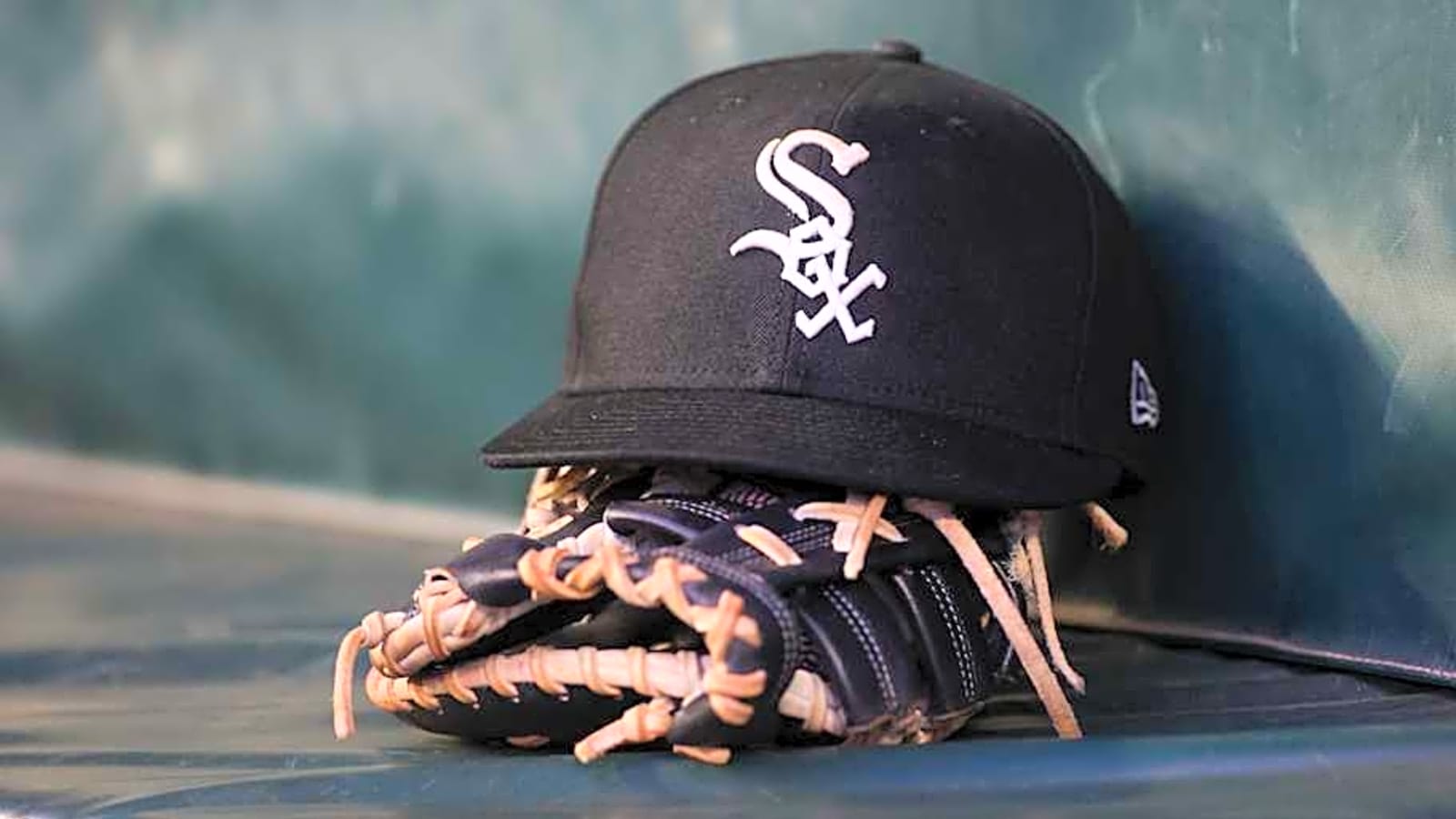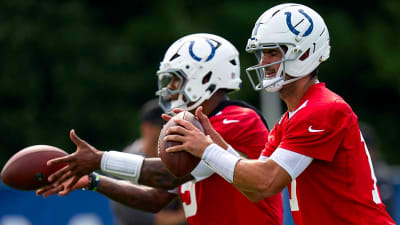
MLB commissioner Rob Manfred made an interesting comment about the league's future on Sunday during ESPN's Little League Classic.
"I think if we expand, it provides an opportunity for us to geographically align," Manfred said.
Though it was a simple statement with a fair amount of uncertainty, the message has potentially massive ramifications on MLB. Here's what it could mean for the White Sox and the league as a whole.
The first caveat Manfred made was that this would require expansion, for example, adding two teams to make a round number at 32. MLB currently has six divisions of five teams each, so expansion would lead to lopsided divisions unless they were rearranged to eight divisions with four teams each.
Manfred was also careful to coin this an "opportunity," so perhaps it's just an idea right now and not an imminent change. At any rate, it would be multiple seasons until a change like this could happen. The last time MLB expanded, it initiated an expansion committee in 1994, but it wasn't until 1998 that the Arizona Diamondbacks and Tampa Bay Devil Rays began play.
So, what could MLB expansion look like now?
Jim Bowden, an MLB writer for The Athletic who was previously the general manager for the Cincinnati Reds and Washington Nationals, proposed an idea. MLB would be split up into two conferences, the Eastern Conference and the Western Conference, with four divisions in each league. Here's a look at the potential divisions.
Eastern Conference
East: Boston Red Sox, New York Mets, New York Yankees, Philadelphia Phillies
North: Cincinnati Reds, Cleveland Guardians, Detroit Tigers, Toronto Blue Jays
Mid-Atlantic: Baltimore Orioles, Charlotte (Expansion), Pittsburgh Pirates, Washington Nationals
Southeast: Atlanta Braves, Miami Marlins, Nashville (Expansion), Tampa Bay Rays
Western Conference
Midwest: Chicago Cubs, Chicago White Sox, Milwaukee Brewers, Minnesota Twins
Southwest: Houston Astros, Kansas City Royals, St. Louis Cardinals, Texas Rangers
Pacific Coast: Colorado Rockies, Athletics, Seattle Mariners, San Francisco Giants
West: Arizona Diamondbacks, Los Angeles Angels, Los Angeles Dodgers, San Diego Padres
This may be years away from happening and rosters could be vastly changed. But from the White Sox perspective, this initially appears to be a challenging draw for a few reasons.
Despite ranking 20th in payroll in 2025, the Milwaukee Brewers have the best record in baseball and are in position to win their fourth National League Central division title in five years. They are clearly a well-run organization that can lose star players and managers but still find a way to win on a consistent basis, although their postseason results have been lacking.
The Chicago Cubs are different from the Brewers in that they've done less with more –– ranking eighth in MLB in payroll but sitting eight games out of first place in the NL Central as of Monday. But over the last decade, they have four 90-plus win seasons, a World Series title and three NLCS appearances. They may not operate like the Dodgers, Mets or Yankees financially, but the Cubs being a big-market team puts the White Sox at a disadvantage in free agency and other factors. Playing in the same division could help revitalize the Crosstown Classic rivalry, good for both parties.
A sense of familiarity in this new divisional setup would come with the Minnesota Twins. The White Sox and Twins have competed in the same division since 1969 as part of the old American League West and even further back when MLB was just divided into the American and National Leagues.
On Wednesday, the Pohlad family, which purchased the team in 1984, announced they would remain the principal owners after exploring other investment and ownership opportunities. The Twins have been up and down this century, winning nine division titles –– most recently in 2023 –– but also finishing fourth or fifth in the division nine times.
The recent success of the other teams may make this potential new four-team division a bit daunting for the White Sox, but things could be far different by the time this happens. Several top White Sox prospects have debuted this season, and the team announced in June potential ownership change, with Justin Ishbia obtaining controlling interest from Jerry Reinsdorf. It's too early to make any major conclusions about what playing in a new division would look like, but for now, it's interesting to imagine that future.
More must-reads:
- Wild Clayton Kershaw stat continues in Coors Field master class
- Rays calling up top-50 MLB prospect for big league debut
- The 'Active 20-home run MLB seasons' quiz
Breaking News
Trending News
Customize Your Newsletter
 +
+
Get the latest news and rumors, customized to your favorite sports and teams. Emailed daily. Always free!








